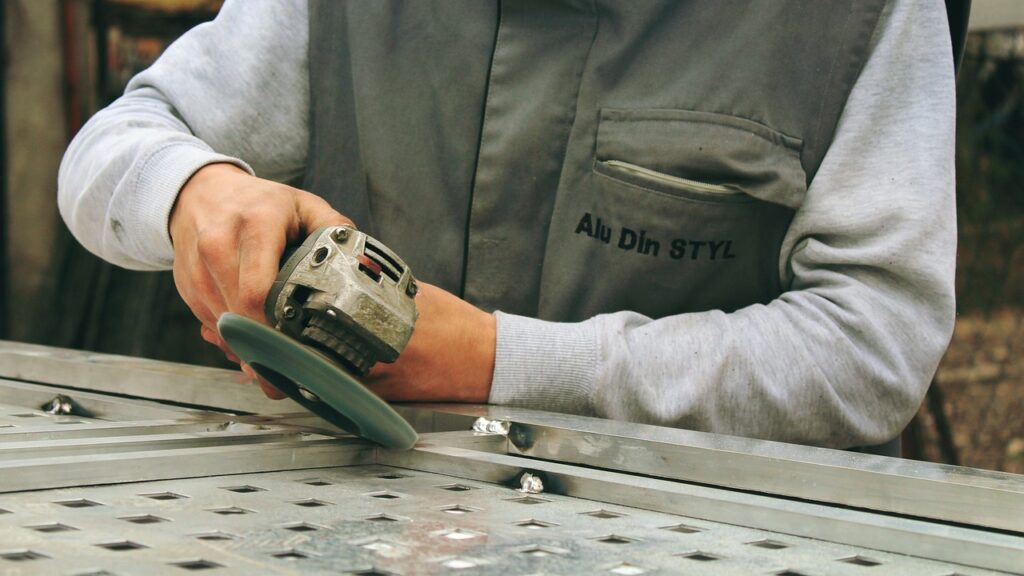Hand Tool Safety
Hand tools are commonly used in many different jobs, and can lead to injuries if not used properly, modified, or damaged. It is important that hand tools are used according to manufacturer’s instructions and in compliance with OSHA regulations. Some workers will remove guards with the idea that it will make certain tasks easier to do, putting themselves at greater risk. Managers/supervisors are responsible for ensuring that hand tools are kept in safe, working condition and shall not permit workers to use unsafe hand tools. If for some reason a worker wants to modify a tool, the modification must receive the manufacturer’s written approval.
General Things To Know
Managers/ Supervisors are responsible for ensuring tools are:
- Maintained in safe and functional condition
- Inspected before each use
- Tagged or clearly identified as defective and turned in for repair or placement if found defective
- Meet manufacturers design/ are not modified
- Equipped with required guards
- Used alongside appropriate PPE
- Properly grounded
- Not used in hazardous conditions (ex. using an angle grinder near flammable materials)
Specifics To Know
Ring Test
Grinding wheels must be inspected and “ring-tested” before they are mounted to ensure that they are free from cracks or other defects. Wheels should be tapped gently with a light, nonmetallic instrument. A stable and undamaged wheel will give a clear metallic tone or “ring”. If the wheel is cracked, the vibrations stop at the crack and there is no ring. However, a ring test may not detect all defects in a wheel, so a careful visual inspection is also necessary. If there is a crack in the wheel, the wheel could shatter, sending shrapnel flying towards the user, or others in the area. Keeping the safety guard on the grinder is a necessity to keep workers safe from being struck by potential projectiles.
Constant Pressure Switch
OSHA requires that all portable electrical tools are equipped with a constant pressure switch that shuts off the power to the tool when pressure is release by the operator. *However, hand-held power grinders with wheels 50 millimeters (2 inches) or less in diameter, and routers, planers, laminate trimmers, nibblers, shears, scroll saws, and jig saws with blade shanks 6.5 millimeters (1/4 inch) wide or less, may be equipped with positive “ON‑OFF” switch.
Jacks
Managers/supervisors should ensure that the manufacturer’s rated capacity is marked on jacks and is not exceeded. After a load has been raised, it should be cribbed, blocked or otherwise secured. Jacks should also be properly lubricated in accordance with the manufacturer’s instructions to ensure proper working order.
General Best Practices
- Store tools in a safe, clean location.
- Do not modify or use modified tools.
- Inspect tools before each use.
- Ask a manager/supervisor if unsure about the safety of a certain tool.
- Wear appropriate PPE for the tool being used.
Sources
